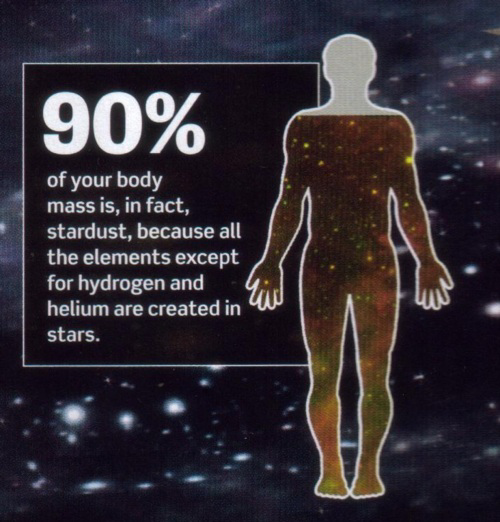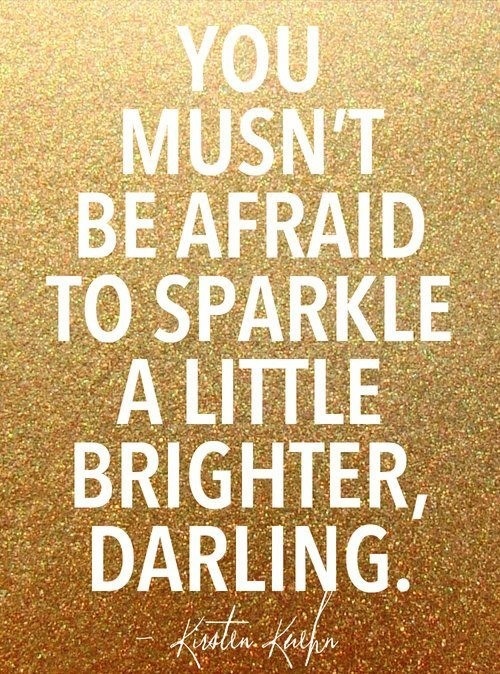How the brain responds to and processes images of people from different racial groups is an emerging field of investigation that could have major implications for society.
Psychologist Elizabeth Phelps of New York University, in New York, who in 2000 led one of the first studies in this area, tells Nature what her latest review of the field reveals about the neuroscience of race.
Liz Phelps (above) was one of the first researchers to tackle how the brain responds to people of different racial groups.
Evaluative responses. It involves asking people to pair concepts such as black and white with concepts like good and bad. What you find is that most white Americans take longer to make a response that pairs black with good and white with bad than vice versa. This reveals their implicit preferences.
Great Channel! subscribe

All of these studies use photos of faces. The amygdala is involved in emotions, and might be linked to the automatic evaluations we make when we see people from other racial groups. We think that the ACC and DLPFC are involved in more complex functions. People tend to show unintentional indications of race bias, even when they are motivated to be non-prejudiced, so the ACC may be involved in detecting these conflicts. You can have an implicit bias and choose not to act on it, and the DLPFC may be trying to regulate the emotional responses that conflict with our egalitarian goals and beliefs.
Finding differences in people with extreme views wouldn’t be too surprising, but I’m not sure we’d see anything more than an exaggerated [emotional] response. We’re more interested in ‘normal’ people. Those who are more internally motivated to be non-prejudiced show greater ACC activity, whereas those who hold extreme views obviously have explicit, intentional race bias and don’t care about controlling their emotional responses.
 A Map of the Emotional Brain (above)
A Map of the Emotional Brain (above)
What are the societal implications of this research?
Most white Americans we studied show an implicit preference for their own group. They don’t have bad intentions, but because they’ve associated black people with, say, criminality so many times, their decisions are infused with that association, whether or not they believe it’s accurate. There’s evidence of unintentional race bias at every stage of the legal process. Despite the fact that it aims to be egalitarian, sentencing is vastly different for African Americans. The bias is also there in employment.
How should this research progress?
We need to investigate how our implicit preferences are linked to the choices and decisions we make. We want to use this knowledge to reduce the unintended consequences of race bias — the things we do that aren’t consistent with our beliefs. One problem is the lack of funding for this type of work. It’s very hard to fund this kind of research because it’s not really relevant to health. One way to go would be to apply the sophisticated tools of neuroeconomics to investigate how unintentional bias affects our decision making. The research could also be linked to emerging work on controlling emotions.
Source below:
www.nature.com/news/how-the-brain-views-race
GREAT MAGAZINE! – Sola












 Fascinating movie spans the globe to reveal recent discoveries about water, the most amazing yet least studied substance in the world. Witness as researchers, scientists, philosophers and theologians try to understand this unique liquid and all [...]
Fascinating movie spans the globe to reveal recent discoveries about water, the most amazing yet least studied substance in the world. Witness as researchers, scientists, philosophers and theologians try to understand this unique liquid and all [...] 

























































 Take care of your body, it's the only
Take care of your body, it's the only








































